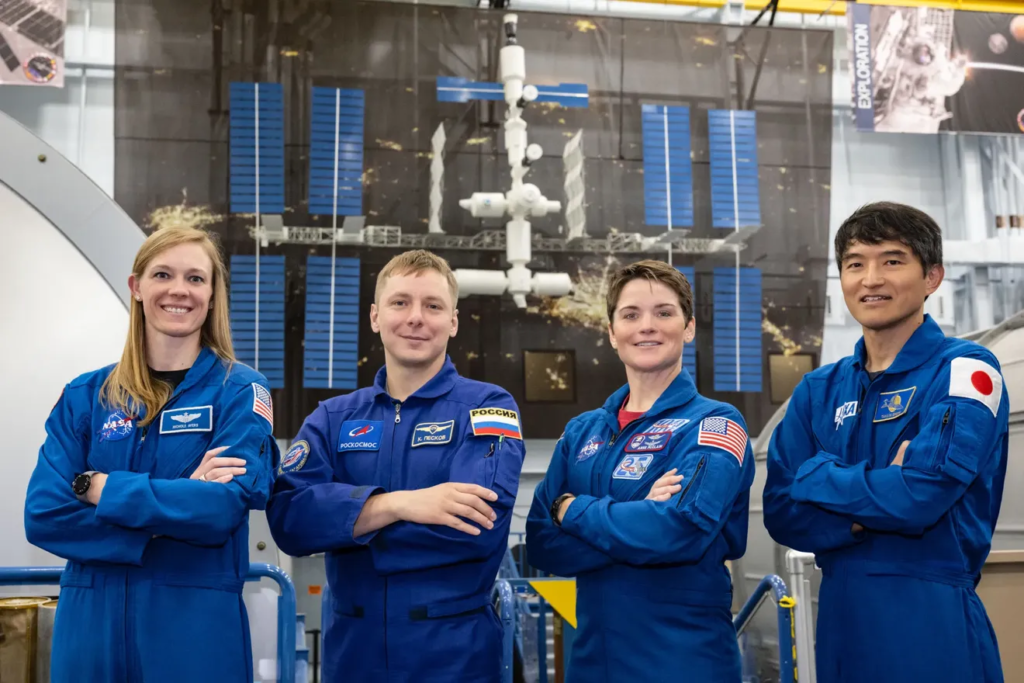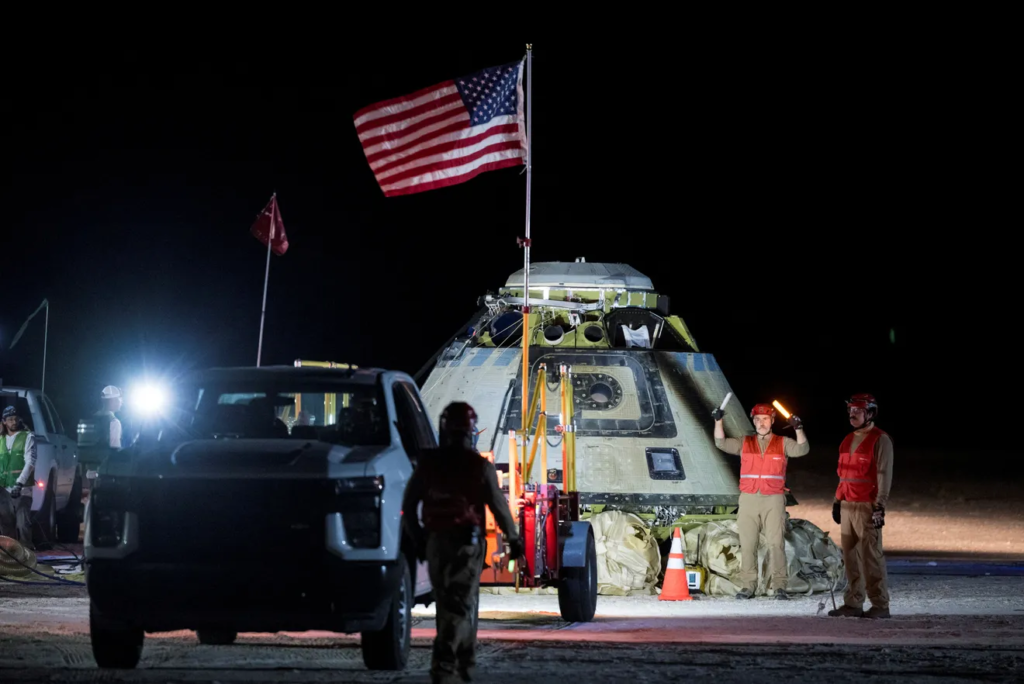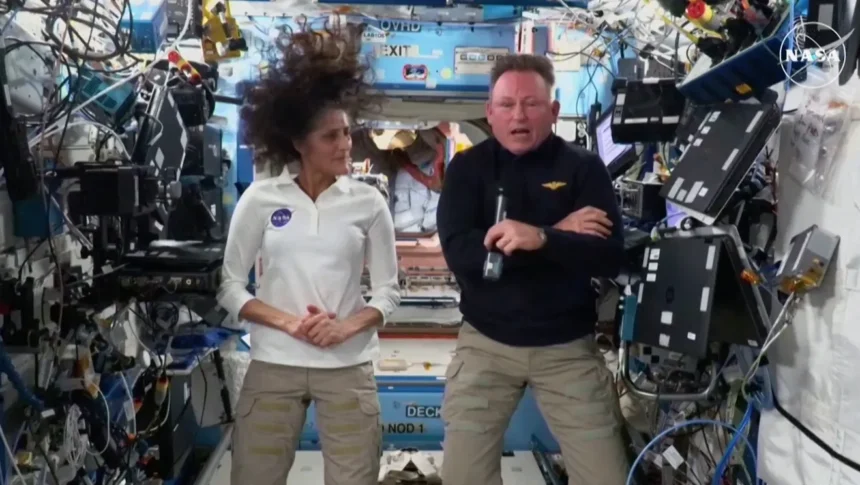NASA has announced that the return of Starliner astronauts Suni Williams and Butch Wilmore to Earth has been delayed once again. Initially, the astronauts were supposed to return in June after their participation in the inaugural flight test of Boeing’s Starliner spacecraft. However, their return was delayed due to technical issues, and now, their departure from the International Space Station (ISS) will be delayed until at least late March 2025.
The Cause of the Delay

The delay in the Starliner crew’s return is due to the postponed launch of SpaceX Crew-10, which will replace them at the ISS. Crew-10, originally scheduled for launch earlier, has now been rescheduled to launch no earlier than late March. Once Crew-10 arrives at the ISS, Williams and Wilmore will finally return to Earth.
Challenges with Starliner

This delay marks the latest setback for Boeing’s Starliner spacecraft mission, which had already faced issues during its launch in June 2024, resulting in two launch scrubs. Starliner’s technical challenges continued once it reached the ISS, and the spacecraft was eventually unable to carry out its intended mission to return the astronauts home. NASA subsequently turned to SpaceX to manage the return of Williams and Wilmore.
Crew-10 Mission Details
The Crew-10 mission is a part of NASA’s ongoing partnership with SpaceX for crew transport to the ISS. The mission includes four astronauts:
- NASA astronaut Anne McClain (Commander)
- NASA astronaut Nichole Ayers (Pilot)
- JAXA astronaut Takuya Onishi (Mission Specialist)
- Roscosmos cosmonaut Kirill Peskov (Mission Specialist)
SpaceX’s Delays and Preparations
NASA delayed the Crew-10 launch to allow SpaceX more time to finalize preparations for the new spacecraft. The spacecraft is expected to arrive at SpaceX’s Florida processing facility in early January. NASA’s Commercial Crew Program Manager Steve Stich explained that the delay is due to the careful work required for assembling and testing a new spacecraft.
Future of the Starliner Program
Boeing had hoped that the successful completion of the Starliner mission would allow them to join SpaceX in regular trips to the ISS. However, Starliner faces significant hurdles, including issues with its propulsion system. NASA has stated that Boeing will need to perform more ground tests and make necessary modifications before Starliner can be approved for routine spaceflight.
Meanwhile, SpaceX has already been successfully transporting astronauts and cargo to the ISS since 2020, having established a reliable track record with its Dragon spacecraft.
NASA’s Commercial Crew Program has seen both Boeing and SpaceX develop spacecraft for the mission, though the agency has increasingly turned to private companies to reduce costs and improve efficiency in human spaceflight.









